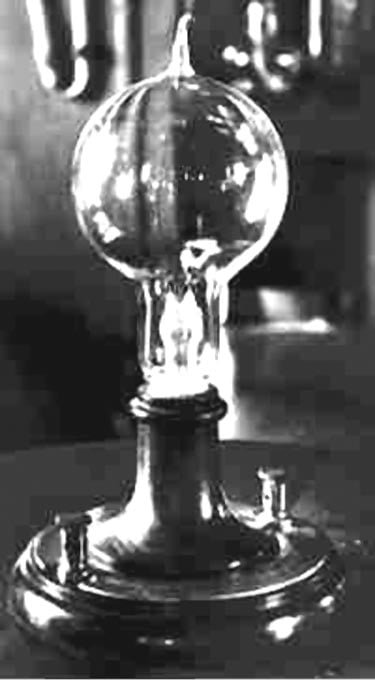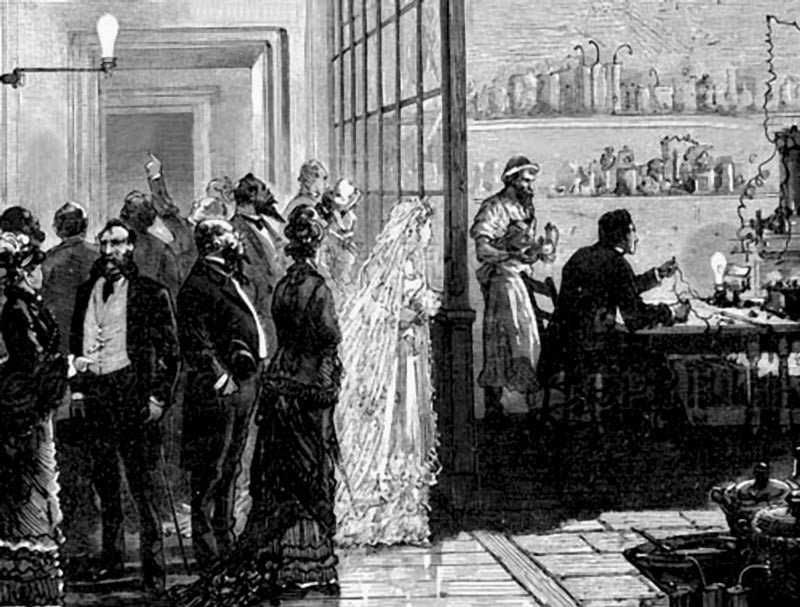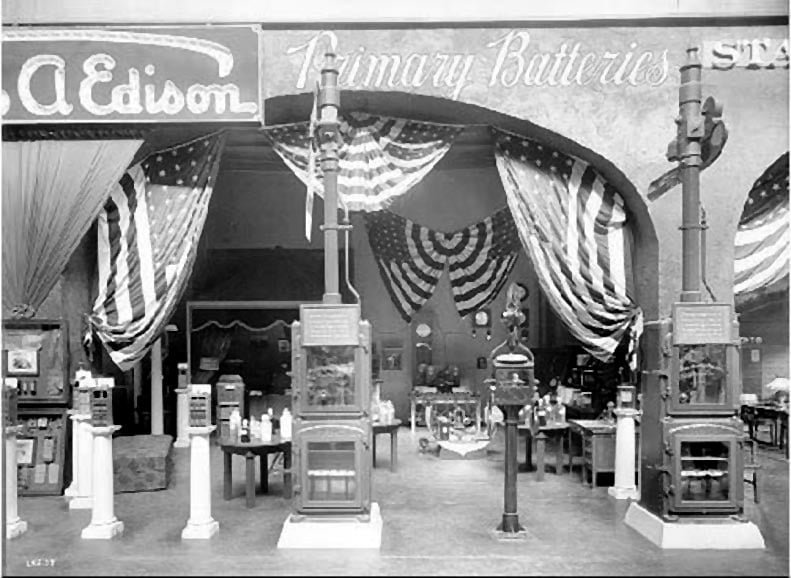The year of 1878 proved a bonus for Edison with two stellar achievements in his name. He unveiled two of his new inventions; one was electric power that would lead to creation of the electric bulb displacing the use of the gas light. But it needed a great financial support to carry on the related researches. A large number of researchers would be needed to be employed on the task besides an expanded laboratory and workshop. For all the electrical research and experiments required an extensive manufacturing plant and distribution system in the market. Edison worked like a possessed person in tackling the problems lined up for solutions. Menlo Park underwent several changes to facilitate work expansion. Edison contracted capable and expert scientific researchers of the university like Francis Upton and Otto Mosses. Machine shop staff was strengthened and factories were set up. By the arrival of the year 1881 Edison seemed to gravitate towards production, distribution and management from research and development. He had shifted his head office to New York for the facility of those newly preferred operations. Meanwhile lamp production and research work continued at his Menlo Park works. After only the next few years Edison gave up or shut down the factory at the original research base.

In the earlier phase Edison’s electric light enterprise remained dogged by several controversies. Before his attempt several efforts by other people to harness electric power for light had failed. The research and technical community had been divided in two parts on electric light. Edison had credibility and prestige but the situation was very difficult. The British scientist John Tyndol explained the situation in 1879 in his address to Royal Society of
London, ‘Edison has the realisation of the meaning to understand the relationship between the hard fact and the basic element to reap the benefits. He has the rarest kind of talent to supplement that understanding.
Although in respect of the electric light he has not established nothing new yet to suspect his ability is not the solution to this very complex problem. That would be unnecessary and unreasonable. Having some knowledge of this practical problem. I would like to see it reach me accomplished through the hands of the Mr. Edison.”

In 1880 for the first time Edison set up light and power plants to gain the epithet of ‘The inventor of Time’. It was a great honour coming unofficially from the hearts of the people.

For years Thomas Alva Edison had no centralised laboratory independently. He used to do his research experiments in electric manufacturing shop of New York and New Jersey. In 1884 when his first wife Mary died Edison disassociated himself from the works on electric light. But two years later in 1886 when he remarried and brought in young Mina as his second wife Edison returned to full time research again. One year later Edison decided to set up an extensive research and workshop facility near his New Jersey Wet Orange residence, several times bigger than his Menlo Park laboratory. Edison dream lab facilities duly came up where all those essentials were available which he had felt the need for over the years of his research and experiments. Once he had wrote, ‘I shall like to establish a big laboratory with all the latest equipment and facilities, the best and unique, where fast, cheap and useful inventions can be made. There should be machinery of the highest quality with commercial viability. Infact, I would like it to be unmatched institution.”
In the new facility during the early years research and development works for electric light companies were conducted and it was in a way exclusive centre of such efforts. But Edison was interested in other inventions as well as the thought of setting up a new lab. The first major work of the new facility was to produce a better phonograph. The new lab came up only in 1887. Meanwhile, Edison worked hard on phonograph enthused by the results of the researches done in Volta laboratory of Grahm Bell. Now Edison pooled his resources to draw optimum benefit. For different tasks separate teams were set up. The researchers of a team were put to develop the records material and another team undertook to solve the problems of duplicating the records, the third paid attention to motor and battery works and yet another handled recording and playback devices. This division of work was done very intelligently and carefully. Near the laboratory Edison set up a factory to produce phonographs.

On this venture Edison invested a lot of his own private funds. His years of working in the electric business had given him better experience of financers and manage-ments creating hurdles and bickerings. He did not want any meddling by outsiders in his new enterprise. But still a lot of his money was tied up in electric business as joint investments and hence he faced financial difficulties in marketing his phonograph. Edison was forced to sell his distribution rights. In 1892 the companies owned by Edison were merged into General Electric Co. and he left electric business for good. By using his personal resources Edison wanted to keep all rights over new inventions and techniques in his own hands.
In his new laboratory Edison continued work on some big projects for two decades although in 1890s he was spending most of his time in iron ore mines of north New Jersey. He was using his separation technology in turning low grade ore into high grade ore which was a preferred raw material for steel mills. The money Edison collected by selling his General Electric shares was invested by him in two ventures—phonograph and motion pictures. His investment amounted to $ 2.5 million. But when vast reserves of iron ore were discovered in Lake Superior the investment of Edison in New Jersey mines was lost.

